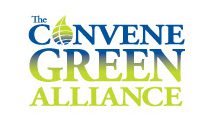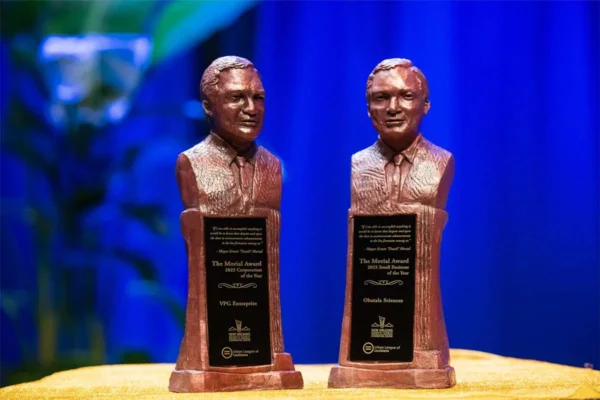 It might seem improbable that the Indianapolis 500, the world’s largest single-day sporting event with 300,000 visitors, presents an excellent case study in environmental stewardship for meeting planners.
It might seem improbable that the Indianapolis 500, the world’s largest single-day sporting event with 300,000 visitors, presents an excellent case study in environmental stewardship for meeting planners.
Michelle Travis, vice president for sales at the Indianapolis Convention and Travel Bureau, made the connection as the featured speaker at the Convene Green Alliana (CGA) Focus Forum on March 25 at the Renaissance Washington, D.C. Hotel.
She provided strong evidence of just what meeting professionals could learn about green meetings from, not only the Indy 500, but enormous NASCAR races, the NCAA Final Four championship game, and the Super Bowl, which Indianapolis hosts in 2012.
During her presentation, “Raising the Game: Taking large-scale sporting events to a greener level and what it means for your convention,” Travis covered a number of components that are essential to both sustainable sports events as well as meetings. The key element, she told attendees, was communication and marketing.
“In creating greener meetings, it is essential to clearly communicate to your attendees what green programs or initiatives are accessible so that they become your partner in making the meeting even more sustainable,” Travis said. “You should also engage with your host city to find out what local green programs and opportunities are already in place that your members can access or whether there are partnership opportunities within the host city’s nonprofit community.”
She also told attendees to inform the pubic by sending out a press release about a green initiative or event and invite the media. To illustrate her point, Travis showed attendees local media coverage of the Indy 500 post-event clean-up, which is used as a community relations tool. Multiple nonprofit organizations were invited to help clean up the tons of litter and garbage left behind and separate it for recycling — all of which is accomplished within two days. Travis said that up to 24 different groups register two years in advance to pick up trash after the race.
Travis also asked attendees to break into groups to exchange ideas on three different hot topics. The first was transportation, a big consideration, according to Travis, when trying to plan a green meeting.
“The lesson here for meeting planners is to know your host city’s public transportation options and whether they will offer delegates a discount,” she said.
“Tell your attendees in advance that shuttle service is limited, walking is green, and it’s good for you,” said Scott Lindley, vice president of marketing of IMN Solutions, an association, foundation and meeting management company, which manages GCA.
Attendees also discussed green meeting options that convention and visitor bureaus might offer to planners, such as choosing rental car agencies based on their willingness to commit to the largest fleet of hybrid vehicles and donating trees for the city’s school children to plant for every day the meeting is running shuttles.
Attendees broke into groups to discuss what environmental initiatives they had witnessed at large sporting events that overlap with what they could be doing at their own meetings. Attendees spoke of carpool parking lots that allowed carpool vehicles to park closest to the venue, and following the lead of sports venues that use downloadable tickets by going to paper-light meetings by replacing meeting packages with Web site links, PDFs and recyclable binders.
“Today’s event really accomplished what the CGA Focus Forums strive to do, which is to go way beyond your typical Green Initiatives 101 to provide comprehensive information and support meeting professionals seeking to create green policies and reduce the environmental footprints of their organizations and events,” said Tracey Messina, CGA executive director.
Those interested in the Convene Green Alliance can visit the Web site at www.convenegreen.com.





























